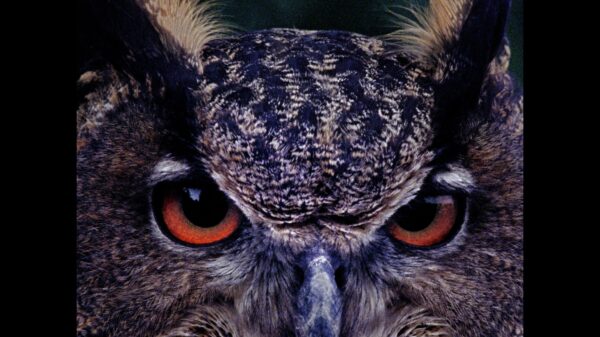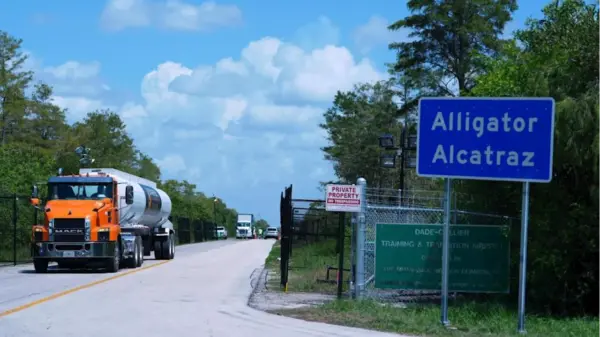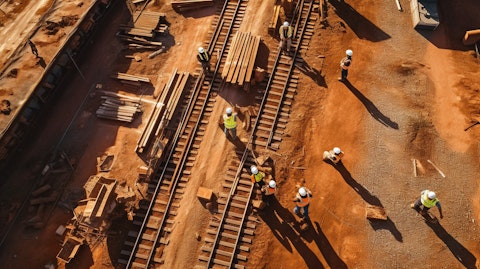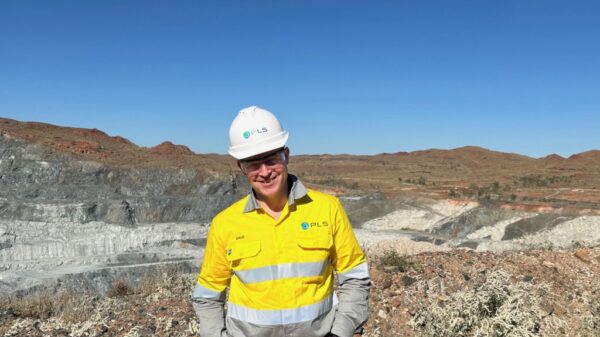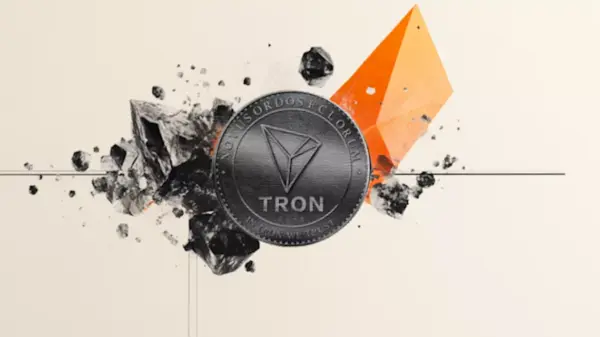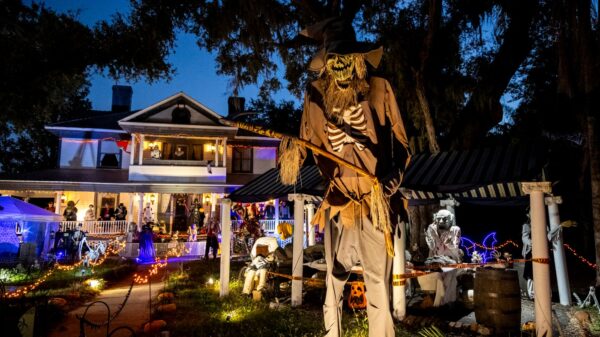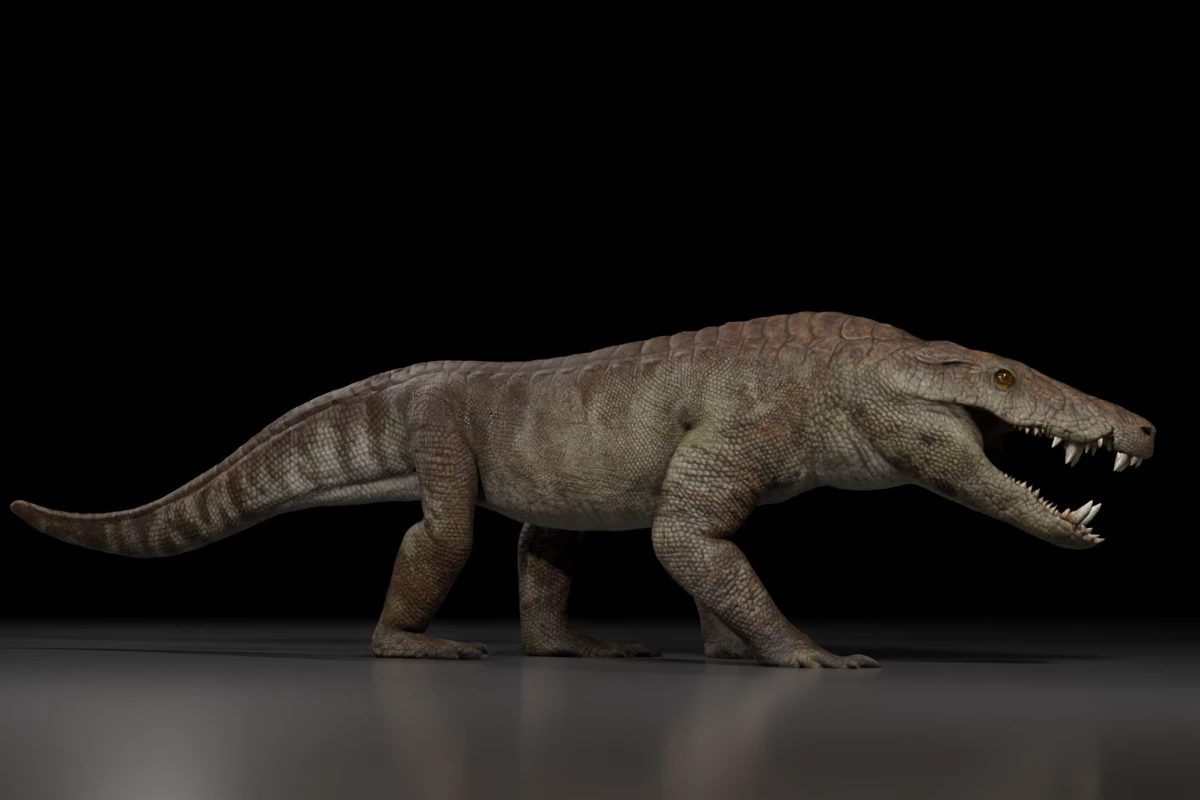A remarkably preserved skeleton of a new giant meat-eating crocodile relative has been discovered in El Calafate, Argentina. This find provides scientists with critical insights into the physiology and behavior of the creature, which lived approximately 70 million years ago during the late Cretaceous period. The international research team, led by scientists from the Museo Argentino de Ciencias Naturales (MACN), has identified the specimen as a new species named Kostensuchus atrox.
The skeleton, which includes an almost complete skull and jaws, belongs to a group of extinct crocodyliforms known as peirosaurids. These formidable predators lived alongside dinosaurs, giant snakes, turtles, early birds, and small mammals before the mass extinction event caused by an asteroid impact. The discovery sheds light on the ecosystem of Patagonia just before it changed dramatically.
Kostensuchus atrox is estimated to have grown to about 3.5 meters (11.5 feet) in length and weighed around 250 kilograms (551 pounds). Its short, deep skull housed powerful jaw muscles, and its serrated teeth, which were twice the size of those found in earlier crocodyliforms, were designed for slicing flesh rather than gripping it, marking it as a hypercarnivore.
The name Kostensuchus reflects both the Patagonian heritage and mythology. “Kosten” is derived from the Aonikenk (Tehuelche) term for the powerful Patagonian wind, while “suchus” comes from the Greek name for the crocodile-headed Egyptian god Sebek. The term “atrox” translates to “harsh” in Greek, encapsulating the predatory nature of this species.
Significance of the Discovery
The identification of Kostensuchus atrox as a new genus is significant for understanding the evolutionary history of crocodyliforms. Until now, most peirosaurids have been known only from fragmentary remains, which limited knowledge of their anatomy and ecological roles. The new specimen, with its articulated skeleton, serves as the most complete example of its kind ever found, allowing researchers to explore the anatomical characteristics of this group in detail.
The research team noted, “Although broad-snouted peirosaurids are potentially closely related to each other, these taxa have been rarely included in phylogenetic analyses due to the incompleteness of their remains.” The well-preserved skull of K. atrox enables scientists to analyze the morphology of broad-snouted peirosaurids and evaluate their relationships with other crocodyliforms.
In contrast to modern crocodiles, which are ambush predators that wait for their prey, K. atrox appears to have been an active hunter. Its robust build and strong jaw structure suggest it was capable of grappling with its prey, which included medium-sized herbivorous and carnivorous dinosaurs that shared its habitat.
Implications for Understanding Cretaceous Ecosystems
The discovery of Kostensuchus atrox contributes to a deeper understanding of the late Cretaceous ecosystems in Patagonia. Fossils of various dinosaurs have also been found in the same geological formations, indicating that K. atrox coexisted with these creatures and likely competed for food resources.
The specimen was excavated from the Maastrichtian Chorrillo Formation, a site known for its rich fossil record. This finding not only enhances knowledge about the anatomy of broad-snouted peirosaurids but also illustrates the diversity of crocodyliforms during the Cretaceous period. Researchers emphasized that “the discovery of Kostensuchus considerably expands knowledge about the anatomy of broad-snouted peirosaurids, previously known from extremely fragmentary remains.”
Crocodyliforms were a diverse group, ranging from specialized hunters like K. atrox to fish-eaters and herbivorous forms. The peirosaurids represent one of the lost branches of this evolutionary tree, having been wiped out alongside the non-avian dinosaurs around 66 million years ago. Modern crocodiles, alligators, and gharials are the last remaining descendants of a once varied lineage.
The research has been published in the journal PLOS One, providing a benchmark for future studies on crocodyliforms and offering new insights into the dynamics of ancient ecosystems. As scientists continue to explore these rich fossil sites, discoveries like Kostensuchus atrox will help reveal how ancient predators adapted to their environments just before their abrupt extinction.







